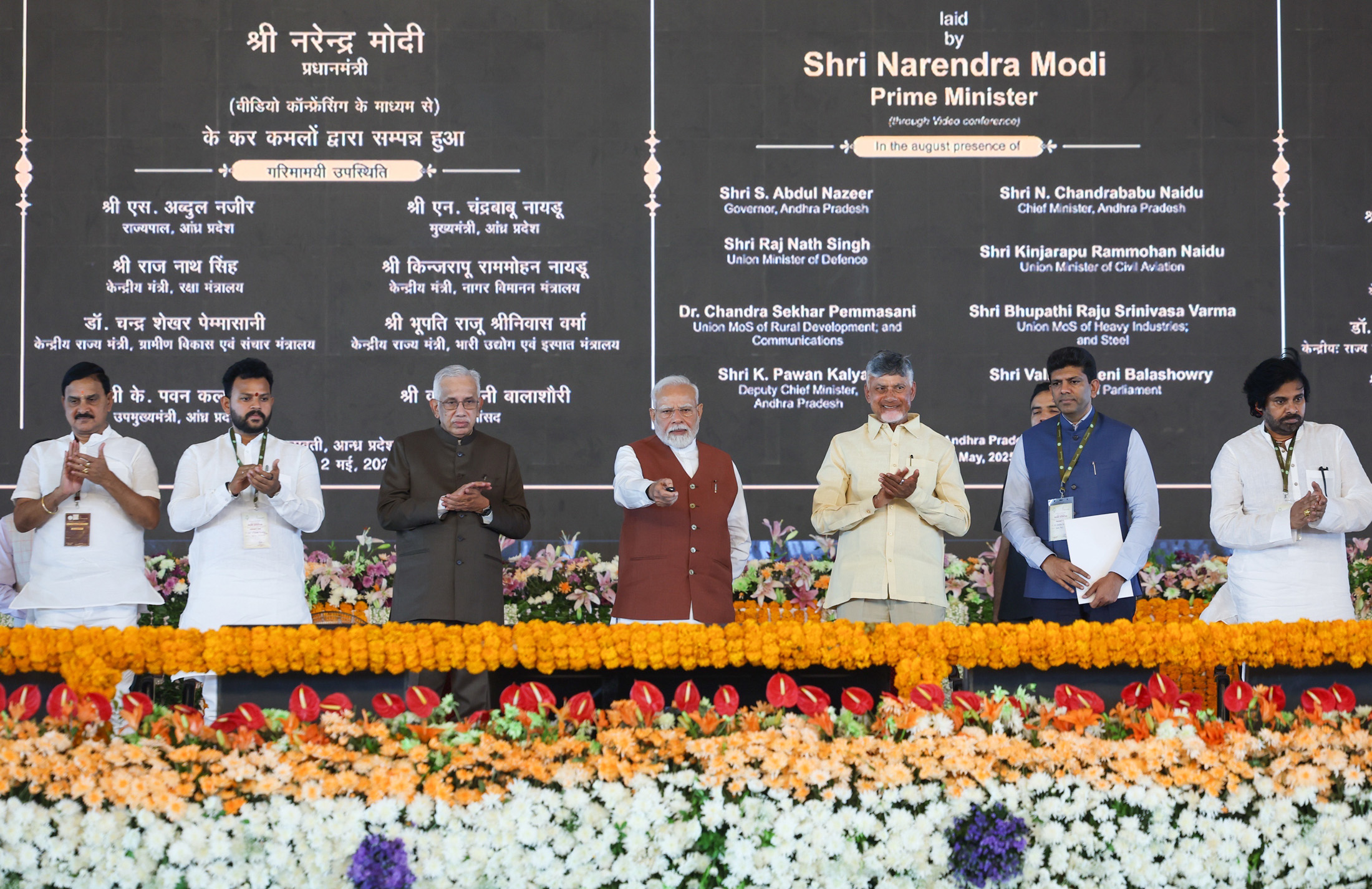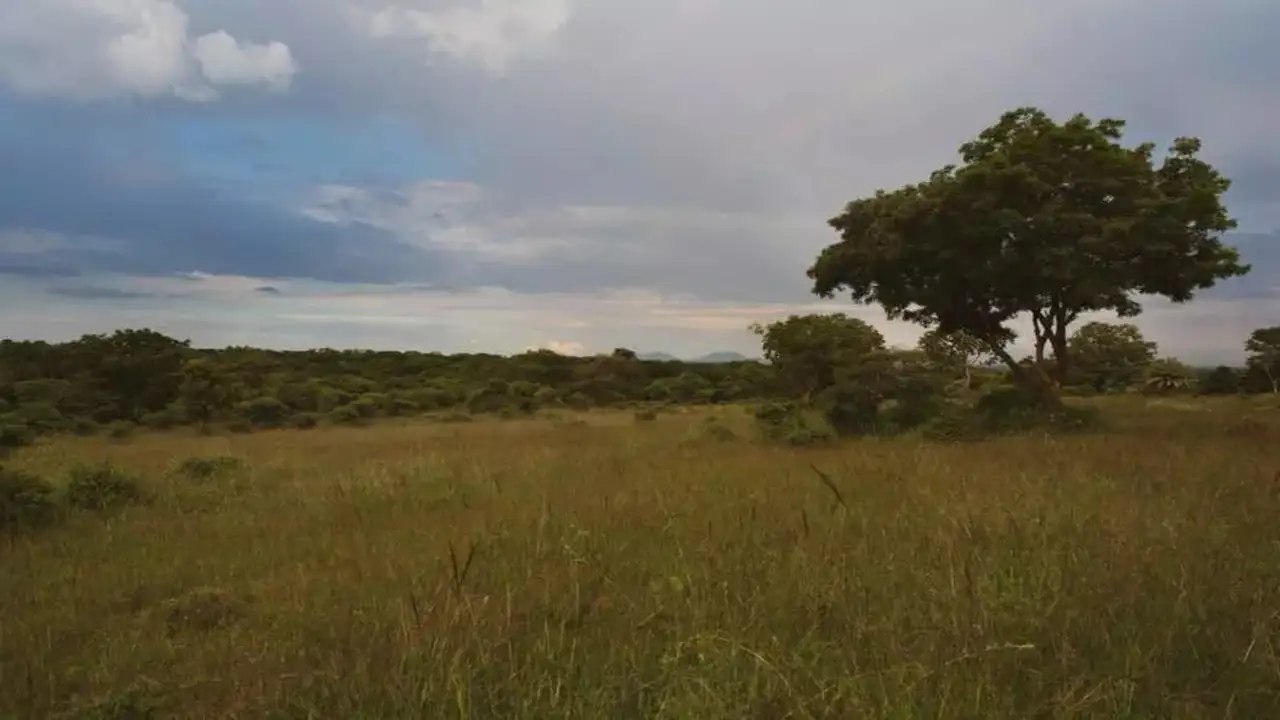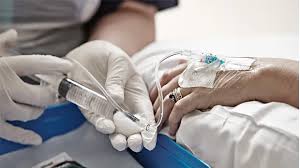- Courses
- GS Full Course 1 Year
- GS Full Course 2 Year
- GS Full Course 3 Year
- GS Full Course Till Selection
- Online Program
- GS Recorded Course
- NCERT (Recorded 500+ Hours)
- Polity Recorded Course
- Geography Recorded Course
- Economy Recorded Course
- AMAC Recorded Course
- Modern India, Post Independence & World History
- Environment Recoded Course
- Governance Recoded Course
- Science & Tech. Recoded Course
- International Relations and Internal Security Recorded Course
- Disaster Management Module Course
- Ethics Recoded Course
- Essay Recoded Course
- Current Affairs Recoded Course
- CSAT
- 5 LAYERED ARJUNA Mentorship
- Public Administration Optional
- ABOUT US
- OUR TOPPERS
- TEST SERIES
- FREE STUDY MATERIAL
- VIDEOS
- CONTACT US
World Diabetes Day: Journey of Insulin Development and Advancing Diabetes Care
World Diabetes Day: Journey of Insulin Development and Advancing Diabetes Care
- World Diabetes Day (celebrated on November 14th every year) is a global awareness campaign dedicated to highlighting the challenges of diabetes and advocating for improved diabetes care, prevention, and management.
- It was launched in 1991 by the International Diabetes Federation (IDF) and the World Health Organization (WHO), it aims to address the rising concerns of diabetes as a critical global health issue.
- This date was chosen to honour the birthday of Sir Frederick Banting, one of the key figures in the discovery of insulin in 1921. Banting, alongside Charles Best, significantly changed the course of medical history by providing a life-saving treatment for diabetes, which had been fatal before insulin's discovery.
What is Diabetes?Diabetes is a condition where your body can’t properly use sugar (glucose) for energy, leading to high blood sugar levels. This happens due to a problem with insulin, a hormone that helps move sugar from your blood into your cells. Types of Diabetes:
2. Type 2 Diabetes (T2DM)
It develops over time and can sometimes be controlled with healthy eating, exercise, and medicine. |
How was insulin developed? How has insulin evolved through centuries owing to rising cases of diabetes?
- Before insulin was discovered, diabetes was a life-threatening condition. Treatment involved extremely restrictive diets, severely limiting food intake, which only helped manage symptoms for a short time, often leading to death.
- In 1921, Dr. Frederick Banting and Charles Best discovered insulin at the University of Toronto by extracting insulin from the pancreas of animals to lower blood sugar in diabetic dogs.
- In 1922, insulin was first tested on Leonard Thompson, a 14-year-old boy with severe diabetes. After initial trials, refined insulin dramatically lowered his blood sugar and improved his condition. By 1923, Eli Lilly and Company began mass-producing insulin, making it widely available and revolutionising diabetes treatment globally.
- In 1923, the Nobel Prize in Physiology or Medicine was awarded to Frederick Banting and John Macleod (who supervised the research) for discovering insulin. Banting shared his prize money with Best in recognition of his critical contributions.
- Between the 1930s and 1950s, insulin production advanced with methods to purify insulin derived from animals (mainly pigs and cows). This significantly reduced allergic reactions and side effects, making insulin safer and more effective for human use.
- As diabetes cases increased since then, it became clear that a more efficient method was essential. Owing to shortage of Insulin production, recombinant DNA technology in the 1980s was introduced.
- Under it, scientists developed a method to insert the human insulin gene into Escherichia coli (e. coli) bacteria using plasmids — small DNA molecules capable of self-replication. This approach enabled bacteria to produce large quantities of insulin identical to that made by human bodies. The recombinant process allowed for mass production to keep up with the demand.
What are the steps taken by WHO and India to tackle Diabetes?
Steps Taken by WHO to tackle diabetes
- The WHO Global Diabetes Compact (2021): the scheme aims to improve access to diabetes care and prevention worldwide, focusing on affordable insulin and equitable healthcare.
- The guidance on global monitoring for diabetes prevention and control by WHO provides a comprehensive framework to support countries in tracking and managing diabetes prevention, care, and outcomes.
- World Diabetes Day Campaigns: To raise awareness about diabetes prevention, early diagnosis, and treatment globally through educational initiatives and partnerships.
Steps Taken by India to tackle diabetes
- National Programme for Prevention and Control of Cancer, Diabetes, Cardiovascular Diseases and Stroke (NPCDCS) which focuses on early detection, awareness, and management of diabetes.
- Affordable Insulin Initiative: to encourage the production and availability of low-cost insulin through collaborations with pharmaceutical companies.
- Ayushman Bharat (PM-JAY): It provides free healthcare to low-income families, including coverage for diabetes diagnosis and treatment.
What other measures are needed?
- Universal Screening and Awareness: Mandate nationwide diabetes screenings in schools, workplaces, and rural areas to detect cases early.
- Policy Framework for Lifestyle Changes: Enforce regulations to reduce sugar and trans fats in food, promote physical activity, and improve urban planning for healthier lifestyles. For example, India’s Eat Right India campaign encourages healthier eating; it can be expanded to target diabetes-specific issues.
- Integrating Technology into Healthcare: Promote affordable wearable devices for continuous glucose monitoring and fitness tracking.
- Subsidized Diabetes Care: Expand healthcare programs like Ayushman Bharat to provide free or low-cost insulin and glucose-monitoring devices.
- Integrated Healthcare Networks: Set up diabetes care units in rural and underserved areas. For example, Rwanda’s community-based healthcare system effectively addresses chronic diseases.
In light of World Diabetes Day, India must intensify efforts to combat diabetes by ensuring equitable access to insulin, improving healthcare infrastructure, and leveraging technology for early detection and personalized care. With over a quarter of global diabetes cases, India’s focus on awareness, preventive education, and policy reforms is crucial. A futuristic approach incorporating smart healthcare tools, urban health planning, and inter-sectoral collaboration can address diabetes effectively. By prioritizing innovation and inclusivity, India can lead global efforts in reducing the diabetes burden sustainably.




